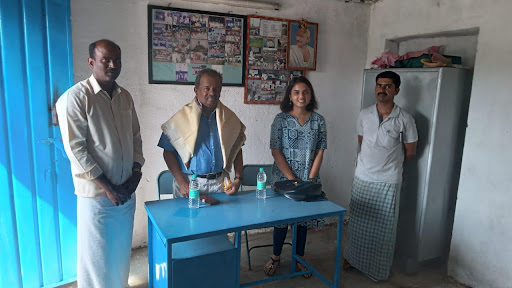
Of Art and Artisans: Handicrafts of Shivamogga
- By Amrutha Girish
- March 02, 2022
Livelihoods, Shivamogga, Handicrafts
Karnataka needs to emulate aggressive marketing efforts akin to those made by other State Governments for their handicrafts in national and international markets. Shivamogga’s popularity and investment in the tourism sector must be leveraged to promote and market its traditional arts and crafts.
As I write this article, I am surrounded by several small artefacts I have garnered in the last two years. A sandalwood bookmark, a stationery holder painted with traditional Hasé art, a terracotta idol, among them, will serve as souvenirs of the place I now call home, Shivamogga.
I have been fortunate to study these artforms of Shivamogga closely, work with the communities engaged in them and contribute in the slightest to their development. This is a brief account of my observations.
1. Sandalwood Carving in Sagara: Shivamogga is a haven for one of the finest sandalwood carving communities known as Gudigars. Such is their intricate craftsmanship that the Maharaja of Mysore, Shri Nalvadi Krishnaraja Wodeyar, commissioned the carving of a casket modelled after the Channakeshava temple in Belur for gifting to the Emperor of Great Britain, George IV. Many such relics continue to be housed in private collections and museums across the world. A few distinguished artisans from the community are also recipients of the Rashtrapati Award and many other distinctions. It is also said that Nehru presented a carving from the community to Eisenhower.
Believed to have migrated from Goa, the community is now majorly concentrated in parts of Uttara Kannada district, and Sagara and Soraba taluks of Shivamogga. On my visit to the sandalwood complex in Sagara, I witnessed the remarkable talent of the wood-carving artisans. The complex set up by the Karnataka State Handicrafts Development Corporation (KSHDC) houses over 140 homes with work sheds for the artisans. Within the scenic 10-acre campus is a training centre called Shilpa Gurukula by KSHDC, where young boys in two batches of 15 each are imparted stone carving and wood carving skills over two years. Due to a hurried launch years ago, the training did not start as a diploma course or a higher level of formal vocational education as initially intended. This could be one of the reasons for low interest among the youth in the community to pursue it.
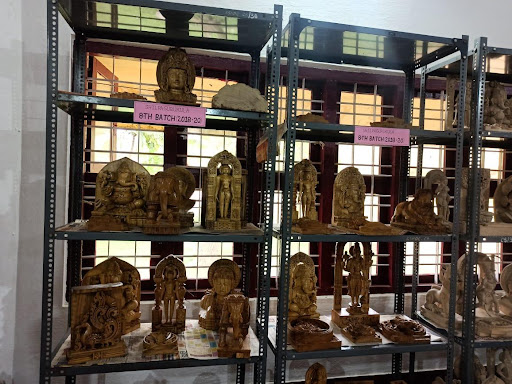
Also, similar to most traditional arts in India, the struggles of the older artisans have led to an inadequacy of interest and effort among younger generations to learn the craft. Sandalwood is a raw material restricted in supply, and thus, the artisans have had to transition to other woods that do not command equal value for their efforts. It is regrettable that a mix of factors keeps such skilled artisans economically disadvantaged in our country. It is too late for some to employ modern technologies to aid their work. However, there is still a sliver of hope that the youth may support in this regard and keep alive the dying traditions of the state. A few young trainees from around the state who studied at the Gurukula went on to become successful artisans, says Shri Shrinivas Shetty, its Program Manager.
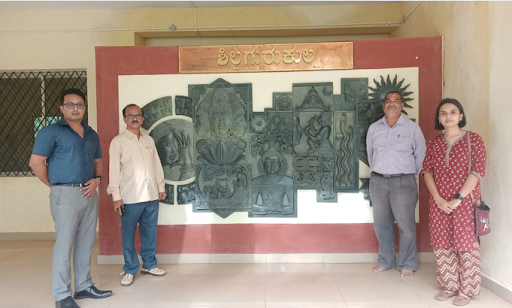
Visit to the sandalwood complex with JD, DIC and the then DD, Rural Industries, Shivamogga
A couple of younger artisans participated in a national online handicrafts workshop we facilitated for the Exports Promotion Council of Handicrafts (EPCH) as a precursor to onboarding the artisans on to EPCH’s B2B online platform for exports.
II Terracotta Clay Art of Harnahalli: I also had the good fortune of visiting a community of potters in Harnahalli village of Shivamogga. The families here on Kumbara Beedi, translating to Potters Lane, are engaged in crafting a versatile range of clay products. The older men make pots in a unique way by beating and hardening the clay, which they say adds to its life and strength. The younger families make beautifully handcrafted articles such as diyas, idols, and decorative pieces.
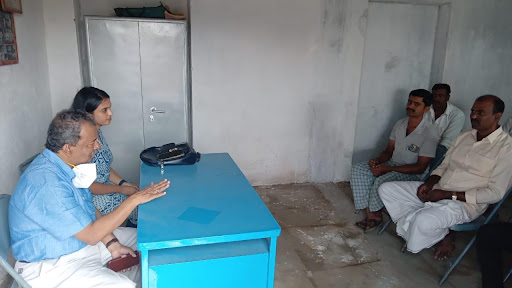
Visit to Harnahalli with Prof. Gopal Naik, IIM-B.
Here too, I witnessed a mismatch of wage and skills, amongst other challenges. Interactions with the members shed light on other issues including unsustainable fuel choices for heating the clay, need for further infrastructure such as work sheds, machines and tools, and most prominently, lack of a lucrative market linkage. Shivamogga’s Zilla Panchayat provided a store near their premises this year free of rent for a potter family to sell their terracotta painted diyas and bowls. However, rather than one-time interventions, there is a need for sustainable marketing mechanisms for these products.
The bright spot here is that the younger generation may be dissuaded to continue pottery but has not digressed entirely from the traditional craft. One of the young men in the community is a mechanical engineer who wants to start up on his own in a venture that aims at enhancing the mechanization of the operations through ingenious technologies. Such efforts at researching and developing inventive applications of traditional technologies must be fostered and supported by the concerned stakeholders.
Despite being eligible for many programmes, the community had rarely been approached for availing the same. At my insistence, the community connected with the Office of the Deputy Director, Rural Industries, Department of Industries and Commerce for securing credit under a subsidy programme. Mr Jayanth HV, who then headed the Department, guided them with great interest. However, when the local banker showed inhibitions towards approving the loans, I had to request Mr Yatheesh M D, the Lead Bank Manager, to intervene. His timely action has secured them the credit they were eligible for but did not know of previously.
With more capital, the potters are eager to enhance their supply with the corresponding increase in demand. Currently, they ship to other taluks and districts including cities like Mumbai, where designers incorporate the pieces in their businesses. However, the financial conditions of the artisans will improve if proper market linkages secure better value for their products.
Much of the price paid by the final users of the articles goes to the middlemen who sell the products at five times the cost borne by the potters, or even 15 times on online platforms being sold by bigger brands. For instance, a diya that costs the potter Rs 25 to make ends up selling at Rs 500 in wider markets.
The enhanced value can come from creative value addition and innovations in design. I have thus written proposals to various institutions including NABARD to upskill the artisans who show great potential and inclination to expand their production and markets and develop their cooperative.
I had an opportunity to accompany Prof. Gopal Naik, my mentor from IIM-B, to the cooperative. As the village lies adjacent to the highway leading to the world-renowned Jog Falls, we explored potential opportunities such as handicrafts tourism for aiding the economic development of the community.
III Hasé Chittara: It is an ancient style of folk painting prominently found in Sagara taluk of Shivamogga. It is a distinctive artform that was practised mainly by the Devaru community of the Ediga caste. Although the art seems abstract and decorative, each geometric pattern is replete with cultural significance and connotations of womanhood, fertility, maternity, family and so on, says Chandrashekhar, a Hasé artist at Sirivanthe, Sagara. The primary figures in the art are of religious deities, symbolizing the union of Shiva and Shakti. Thus, Hasé is an integral part of life where it is still practised as it reflects life itself. The art that used to adorn the walls of old mud houses was also painted in weddings and other ceremonies. There are different kinds made for different occasions. The art is made on walls, and on baskets that are considered auspicious and used only for specific festivals.
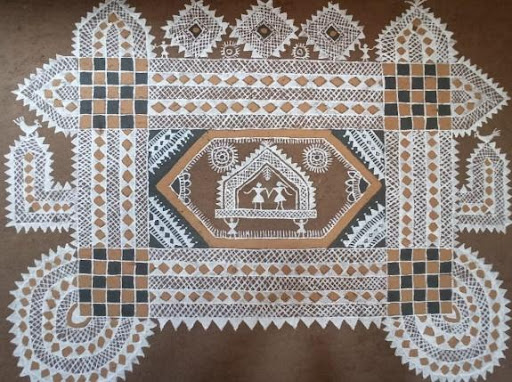
Once ubiquitous, this native art of Shivamogga is now fading from public memory. Although it is often compared to Warli art of Maharashtra, traditional practitioners of this art dismiss this comparison, claiming its unique historical and cultural importance. Although workshops and short trainings are conducted by artists, and by organizations such as Parisara out of their own initiative to preserve this style, concentrated efforts from the Government will certainly bolster their cause. In this regard, we had proposed to the State Skill Development Mission to include Hasé under its ‘native skills’ campaign.
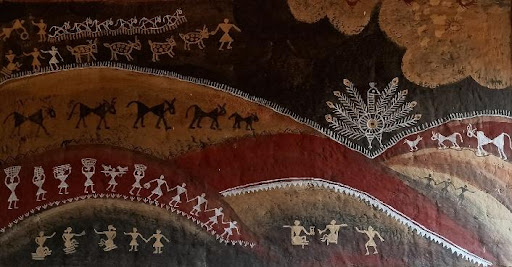
Hasé art on the walls of Charaka Women's Cooperative in Heggodu Sagara
Karnataka needs to emulate aggressive marketing efforts akin to those made by other State Governments for their handicrafts in national and international markets. Hasé can significantly enhance the value of products due to its elegant and simplistic style. Although an ancient art, it can be tweaked to suit modern tastes and lifestyles as well. It offers a fertile field to sow seeds of creative designing and reap lucrative benefits.
Shivamogga’s popularity and investment in the tourism sector must be leveraged to promote and market its traditional arts and crafts.

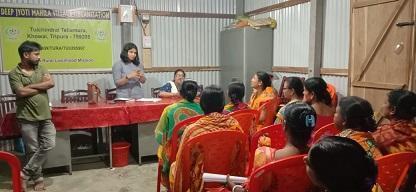
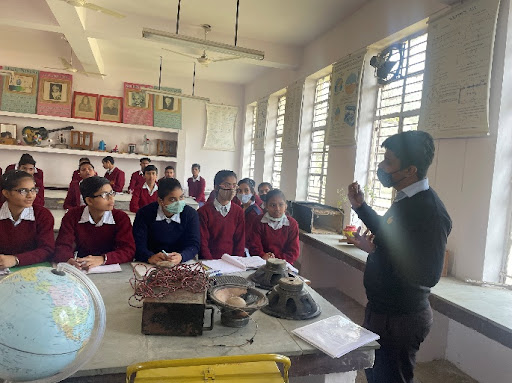
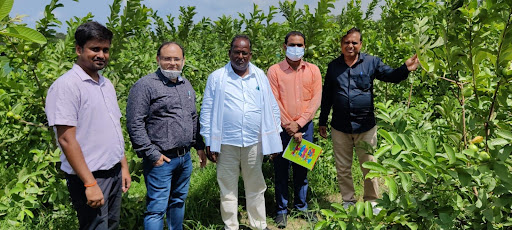
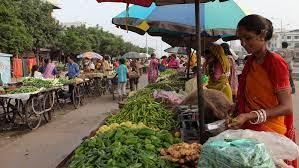
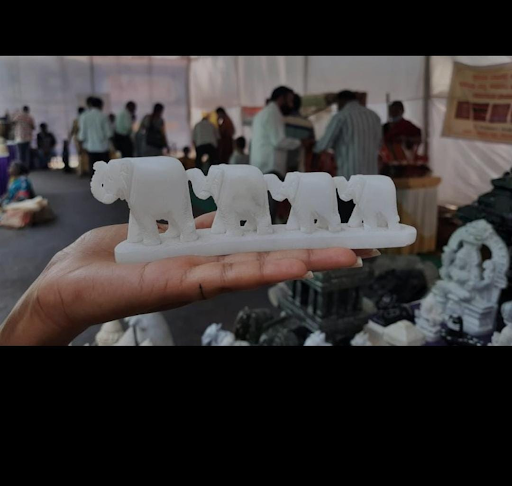
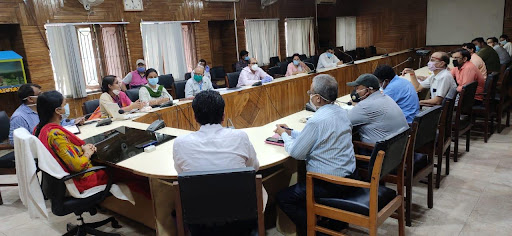
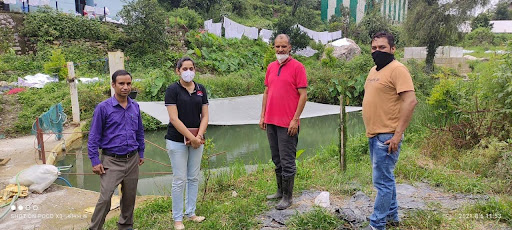
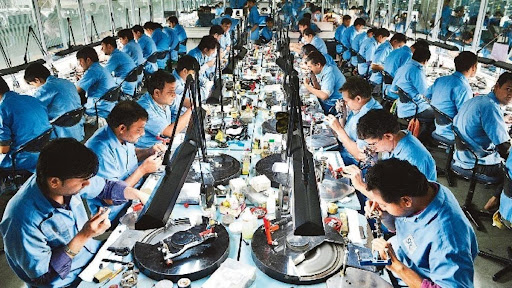
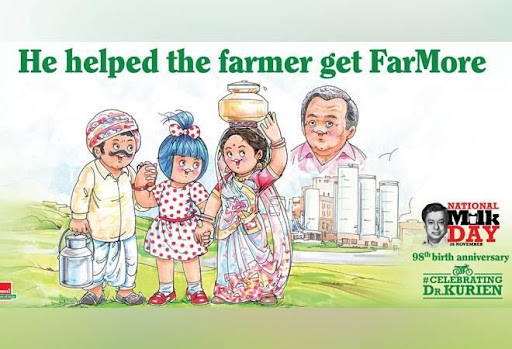
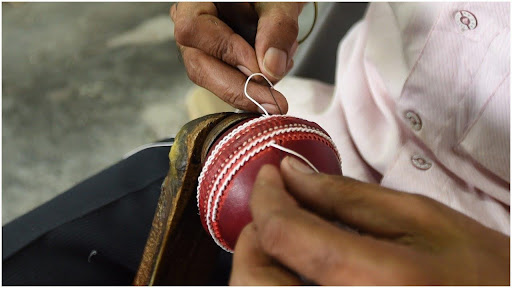
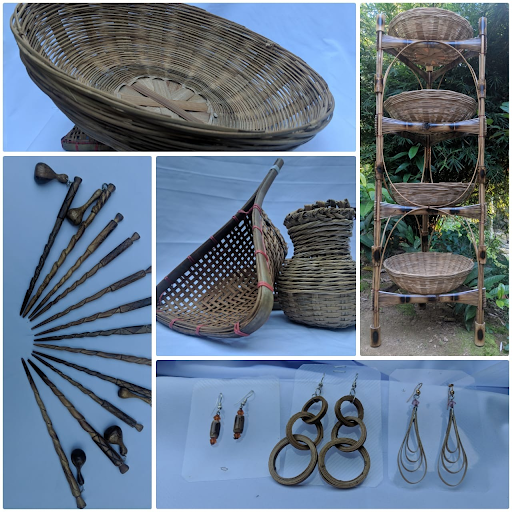
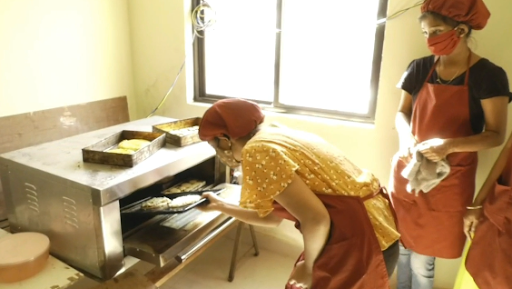
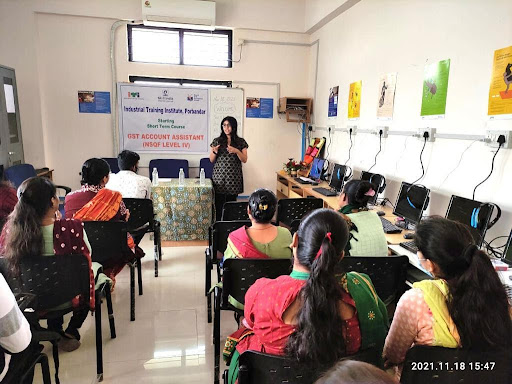
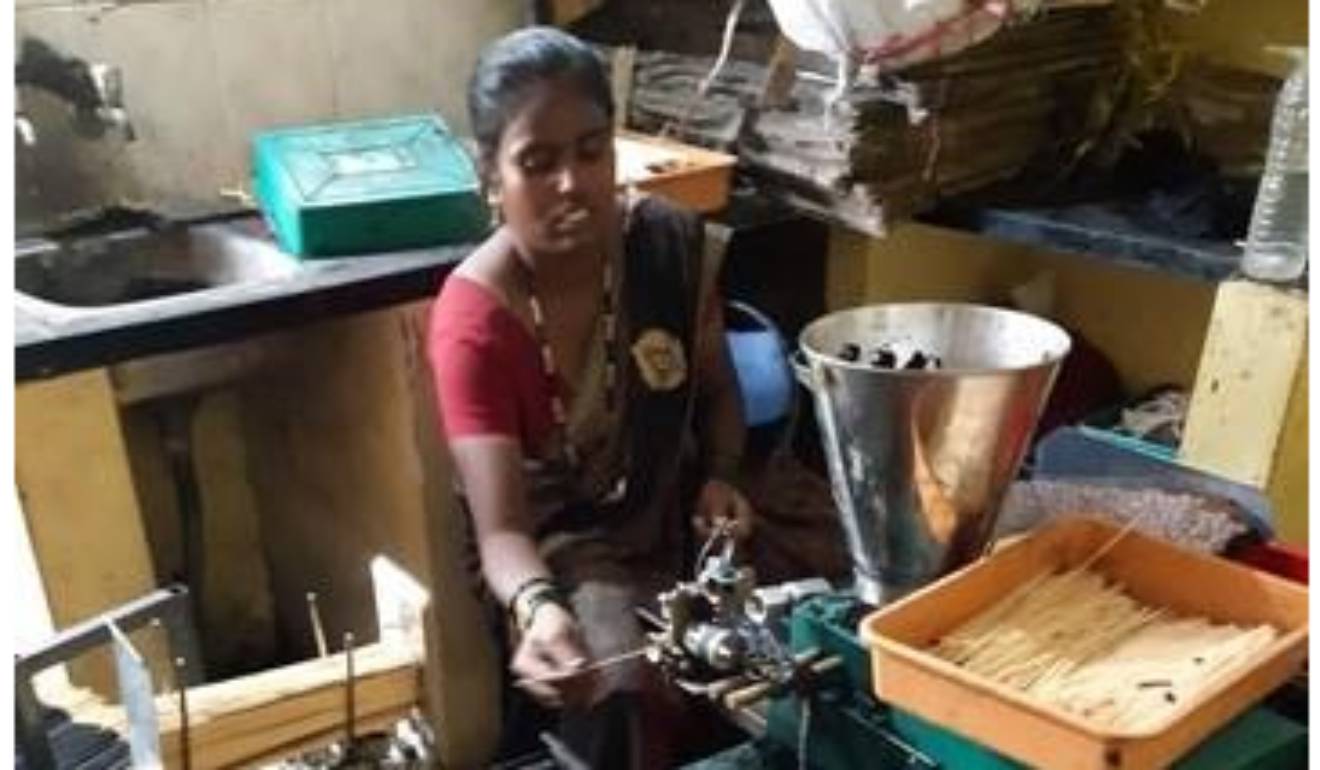

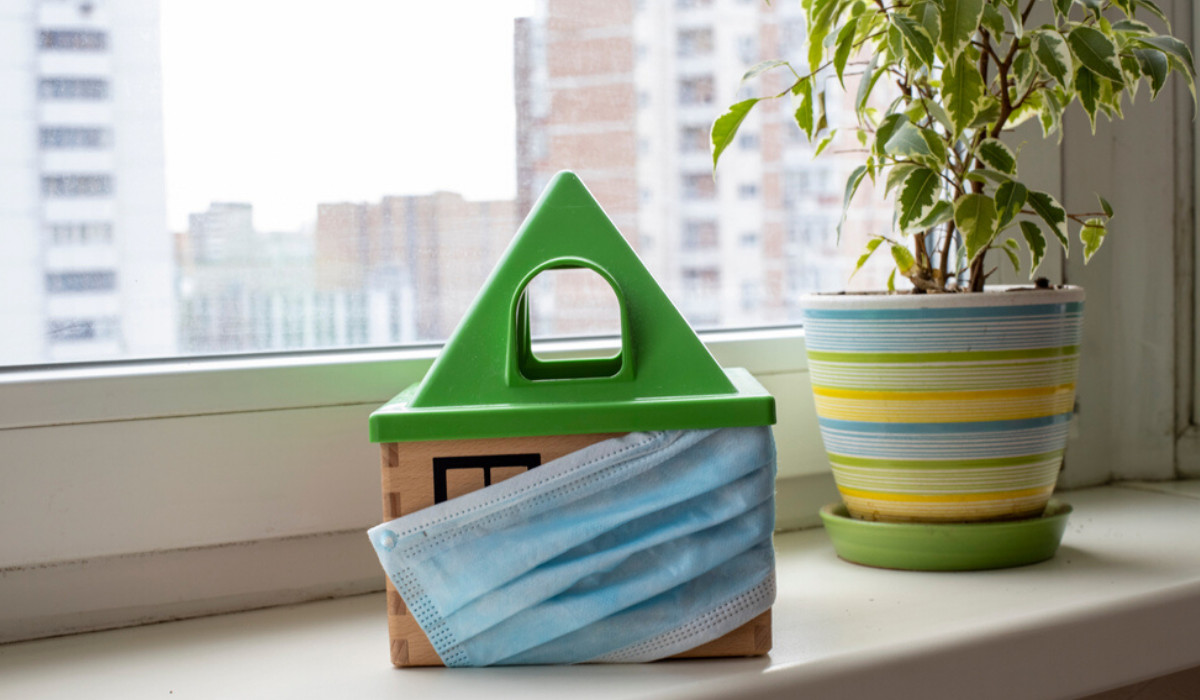

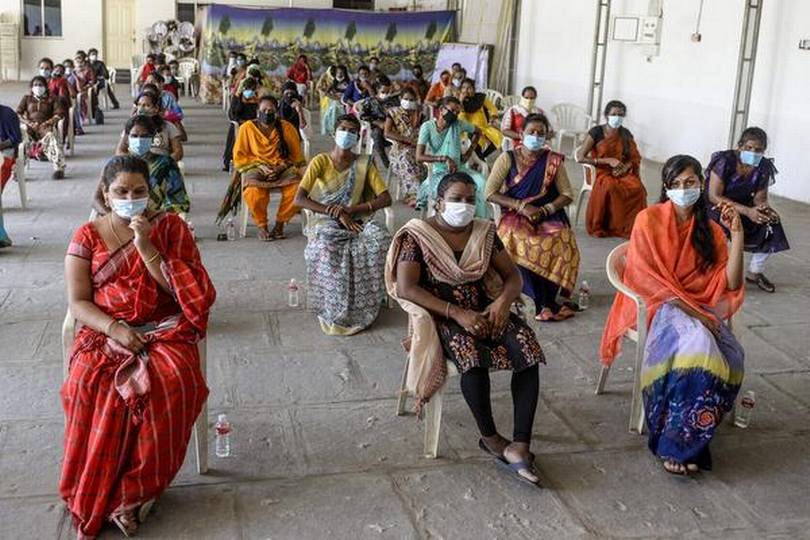

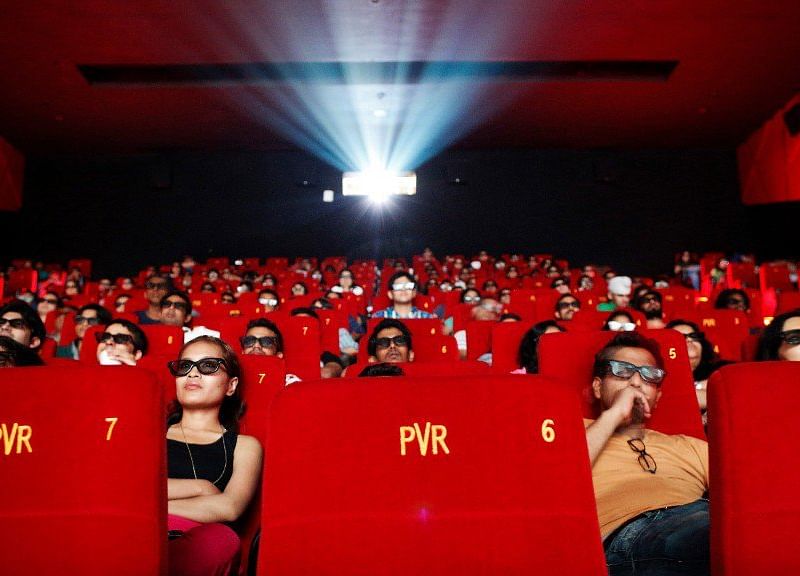






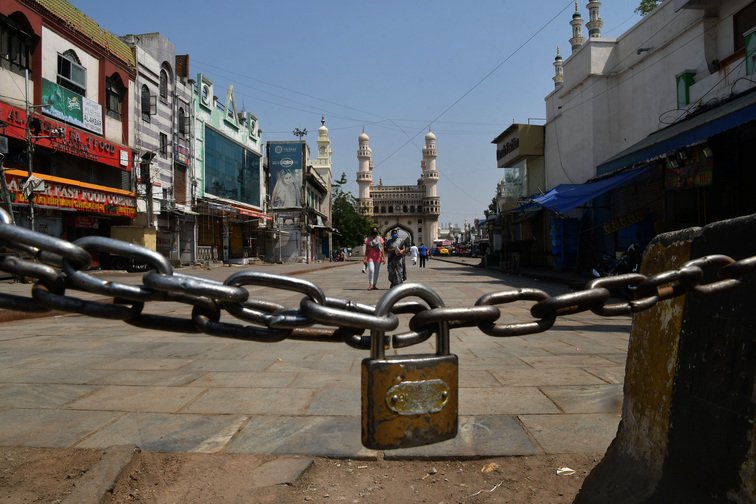




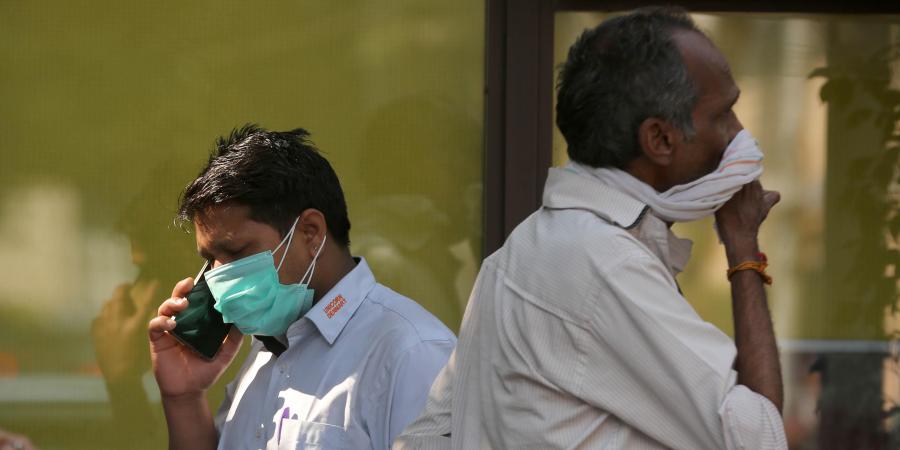
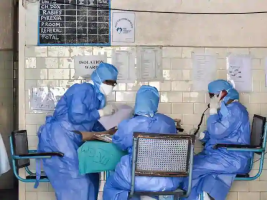
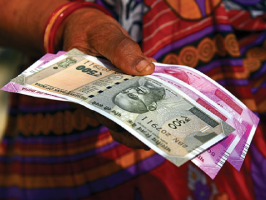
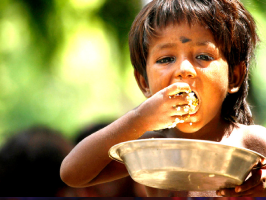
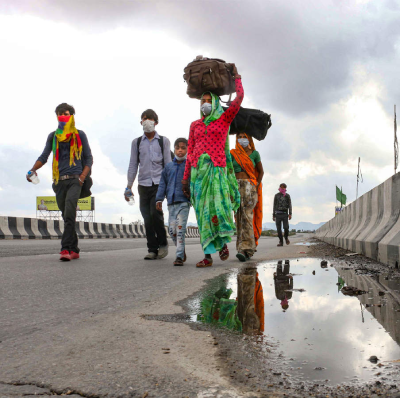

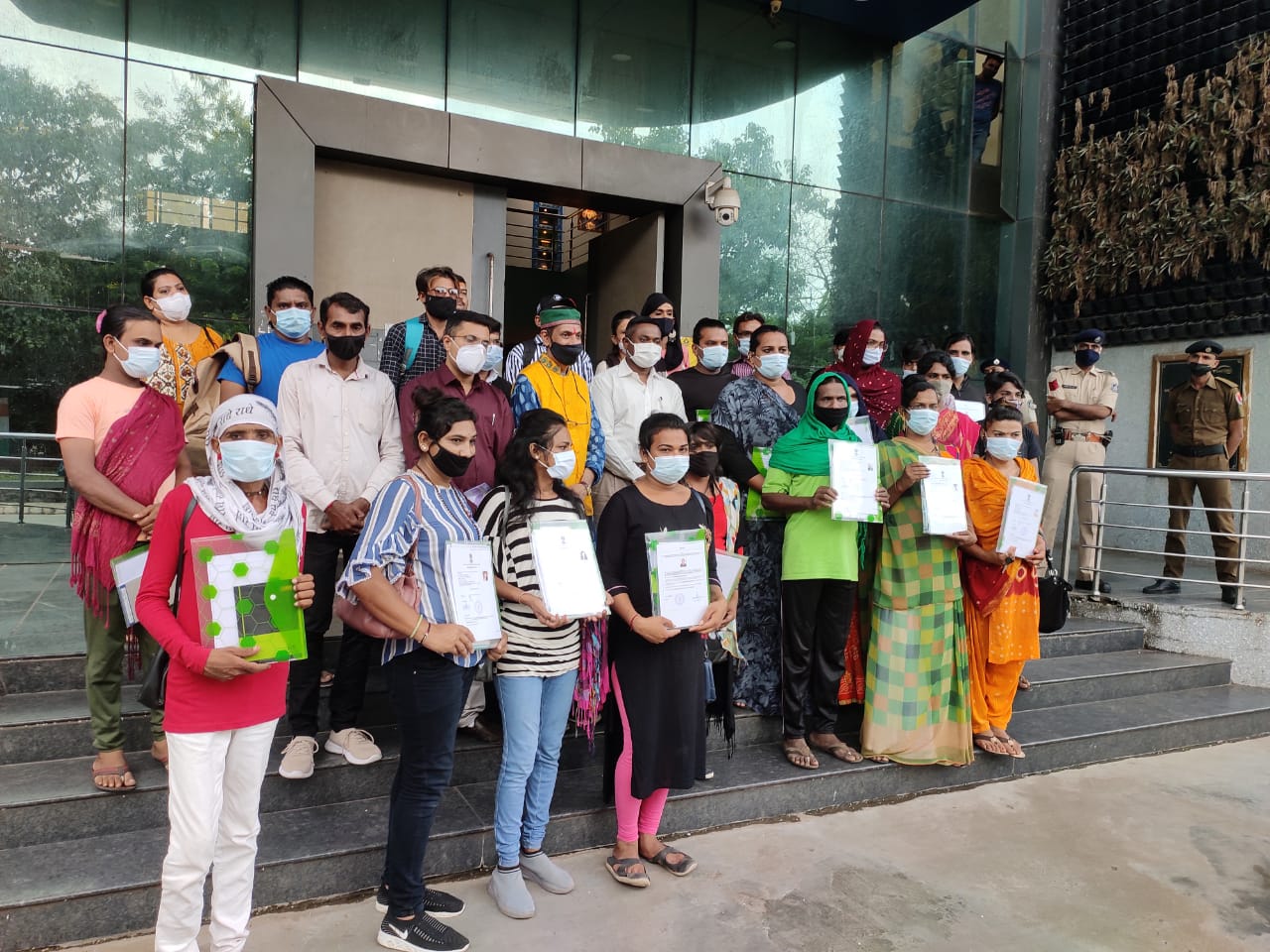
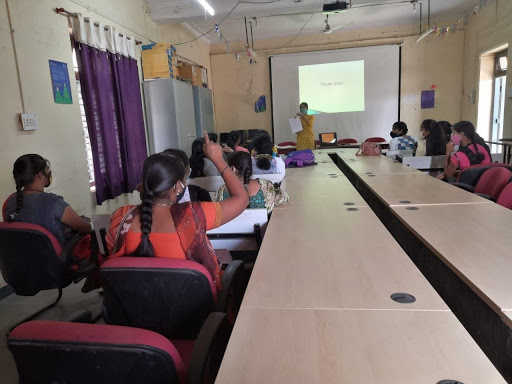
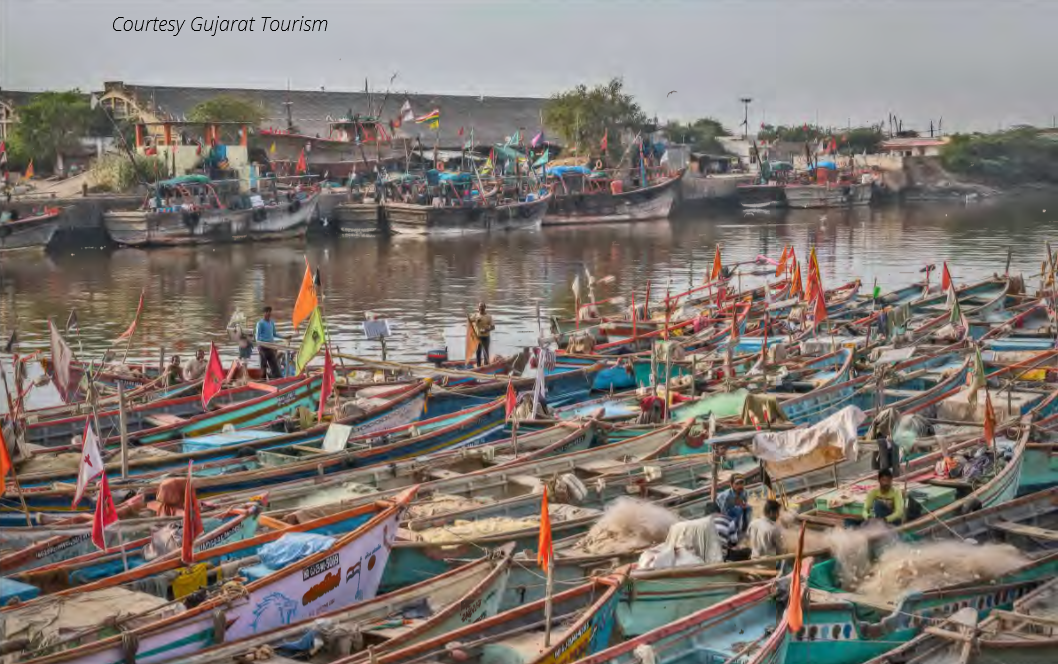

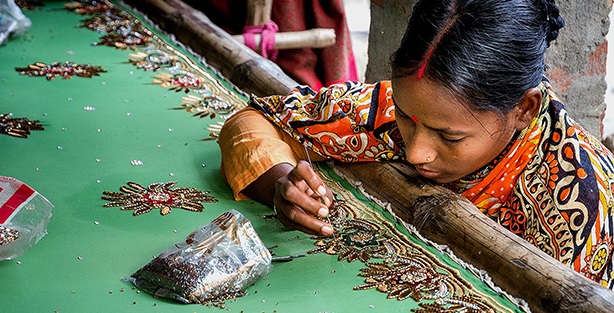
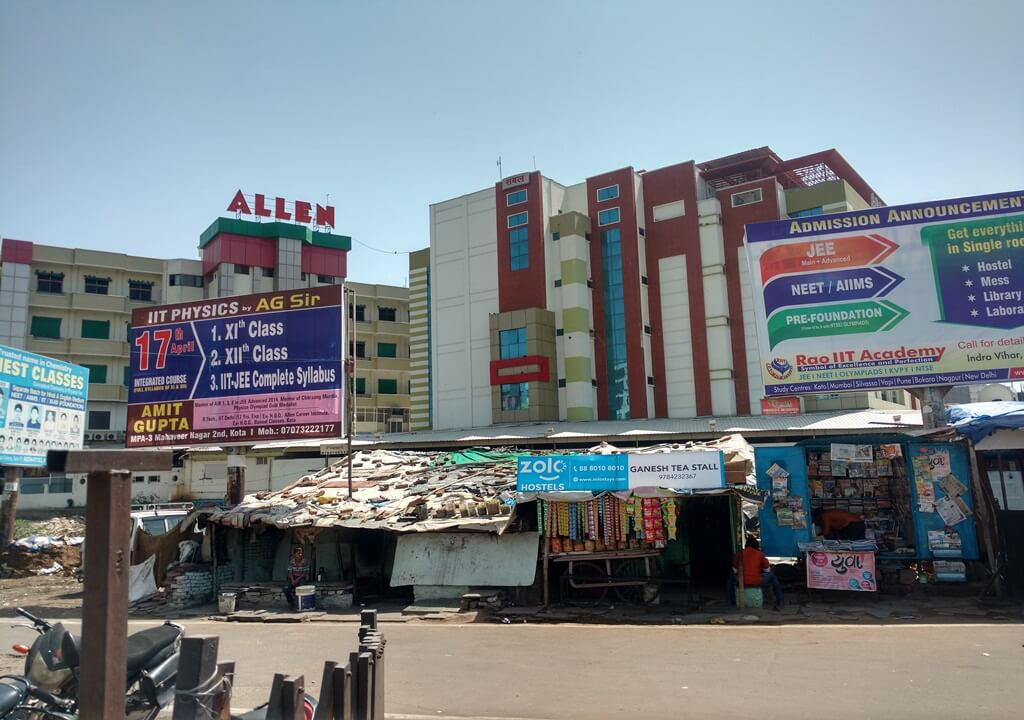
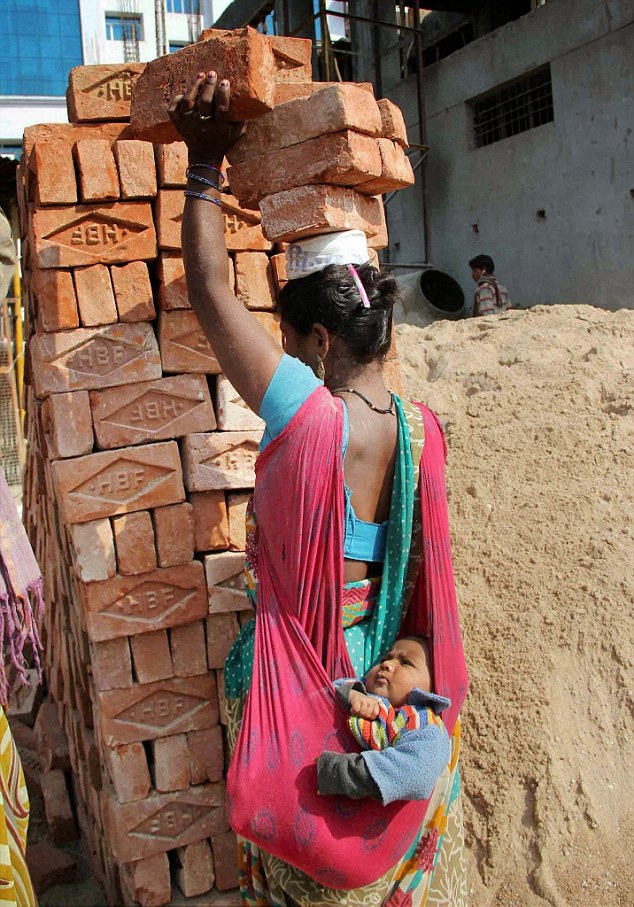
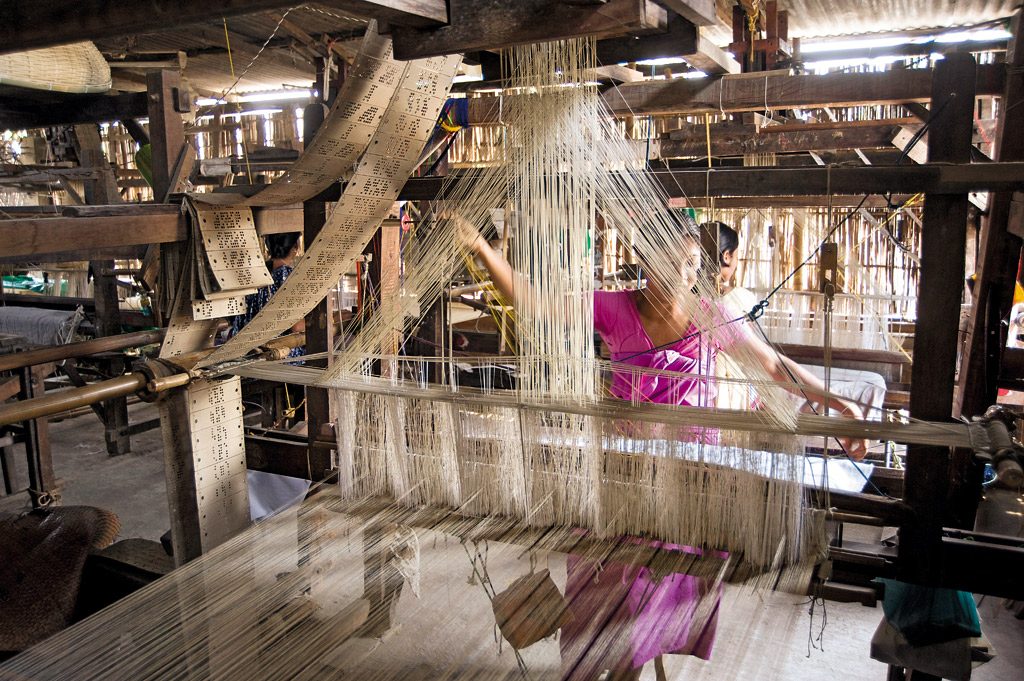
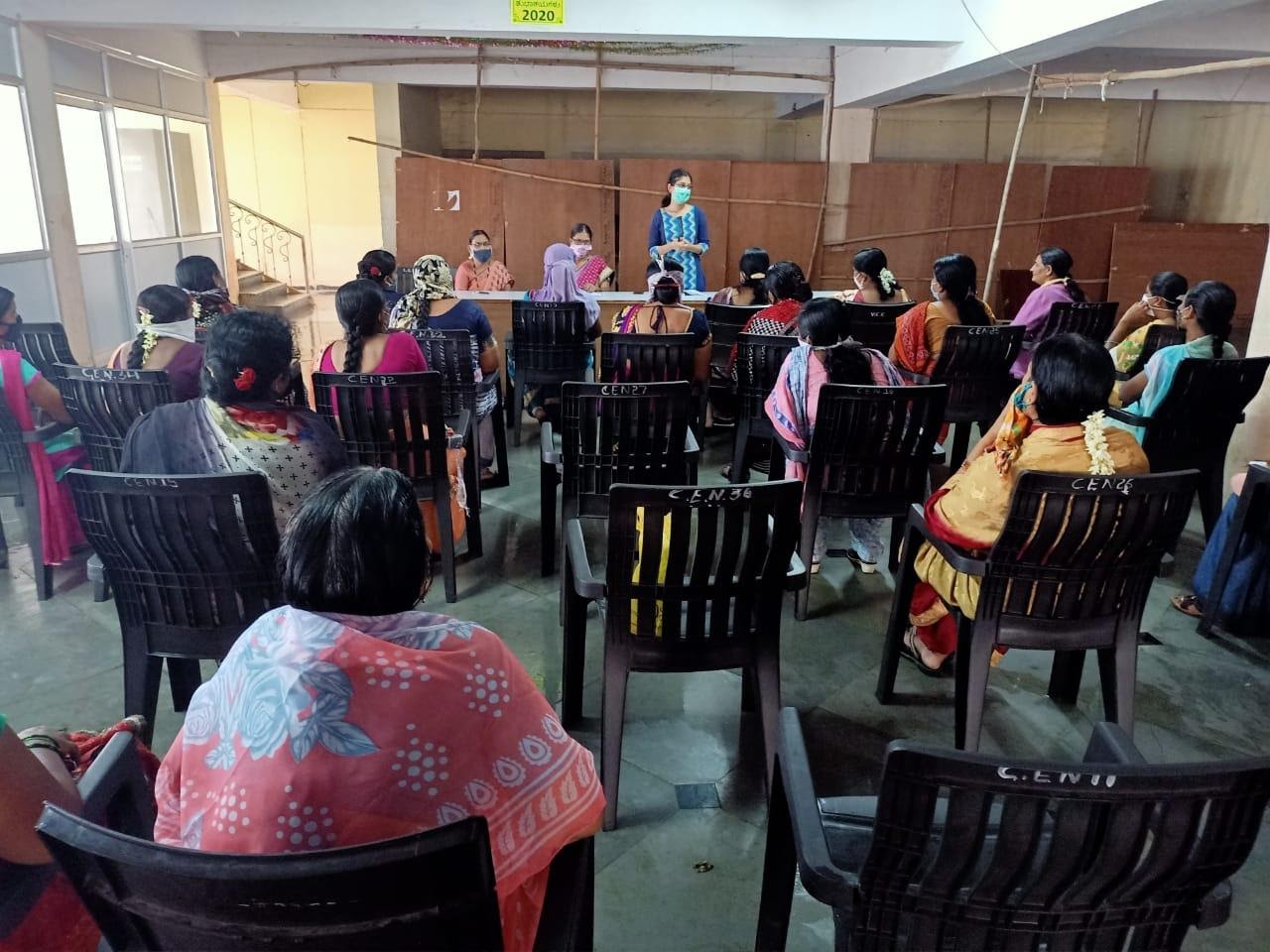
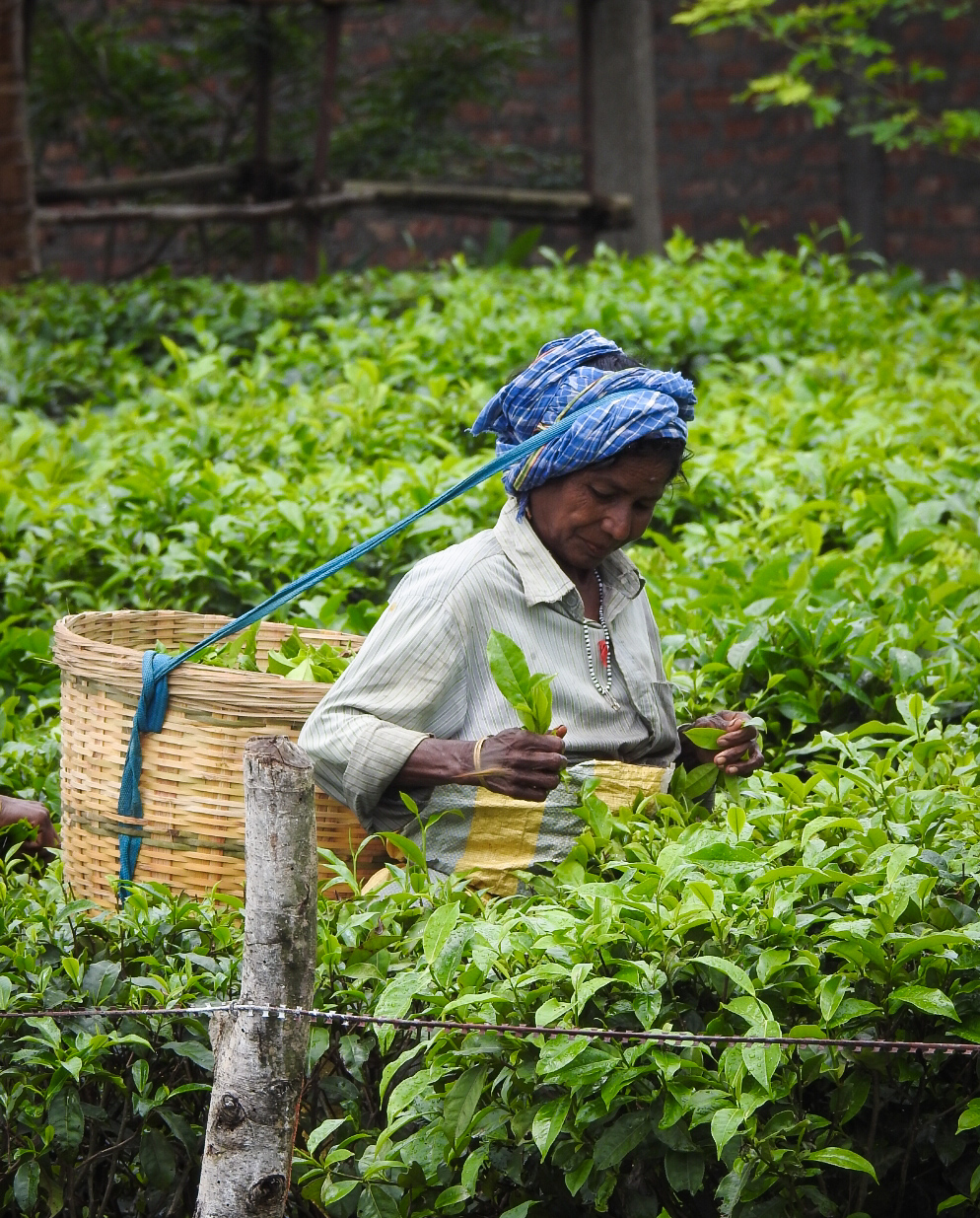
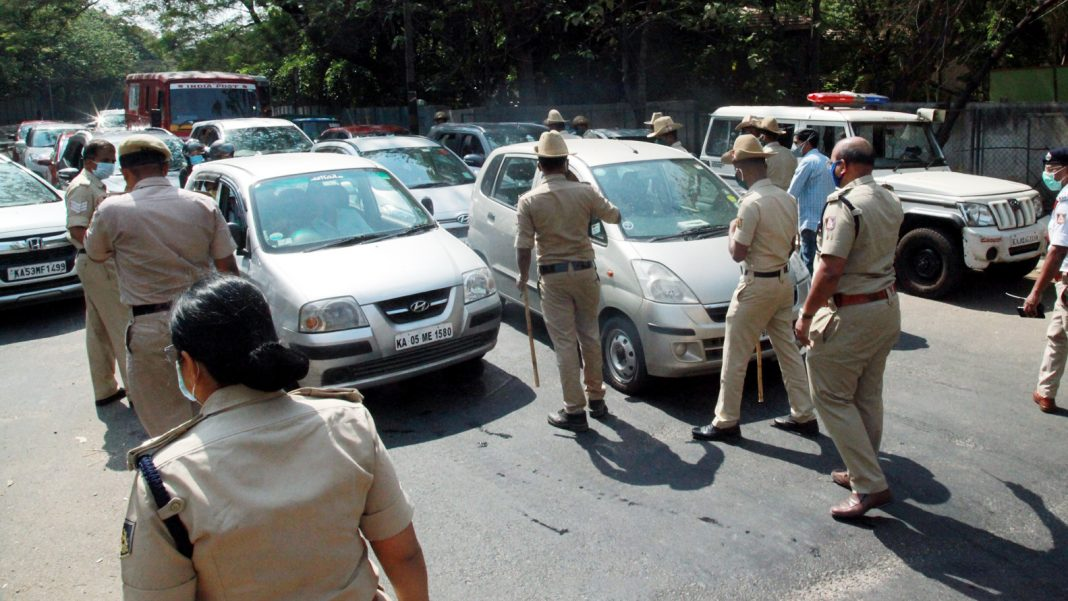
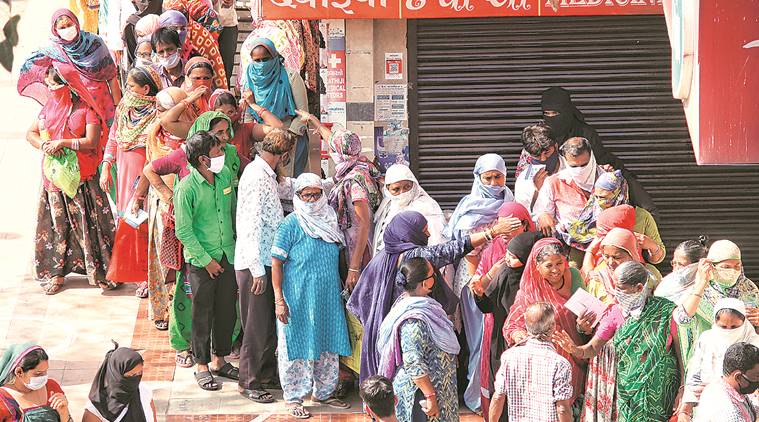


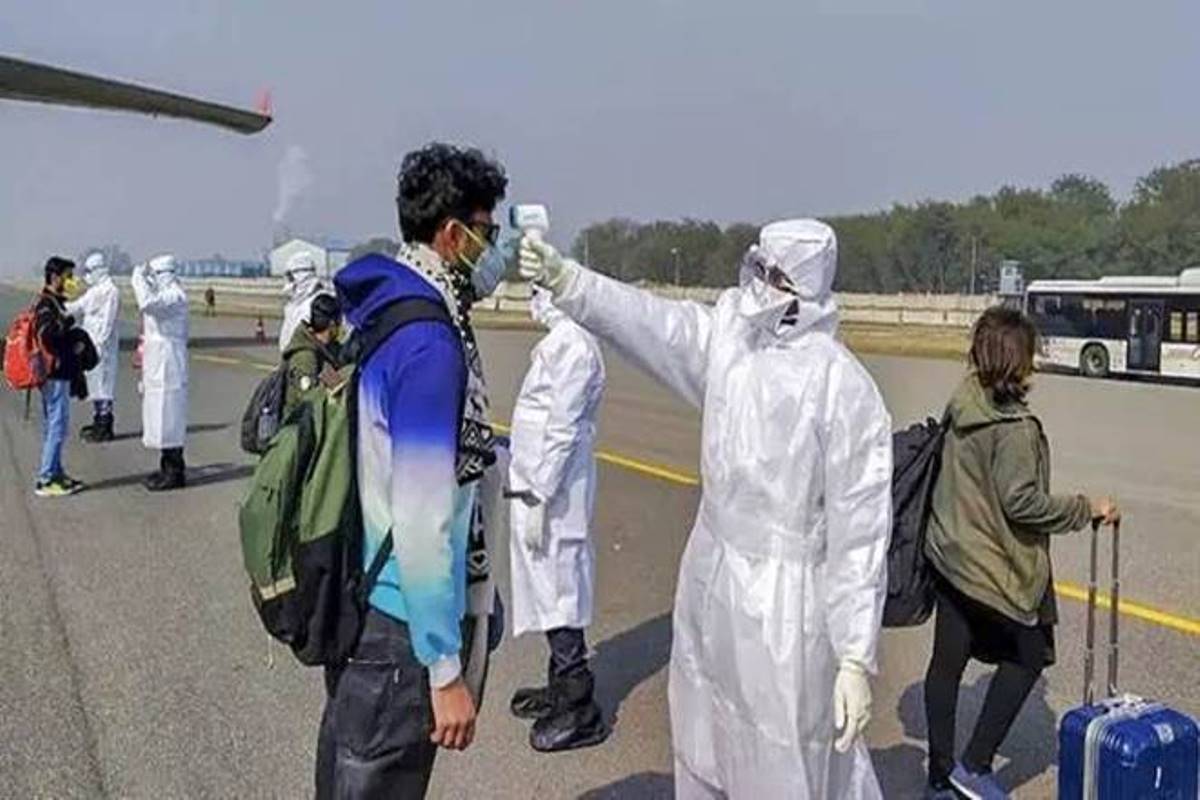

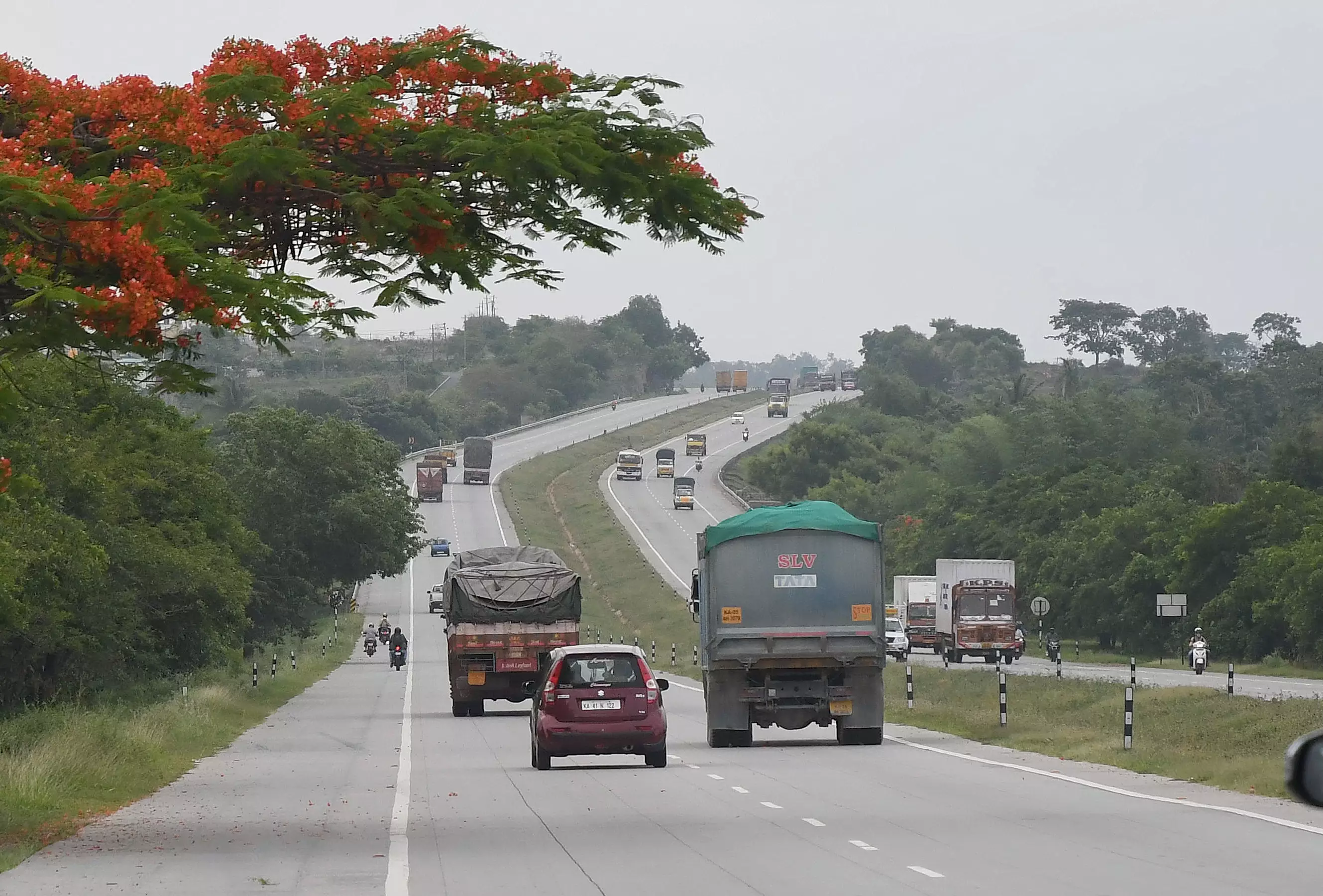
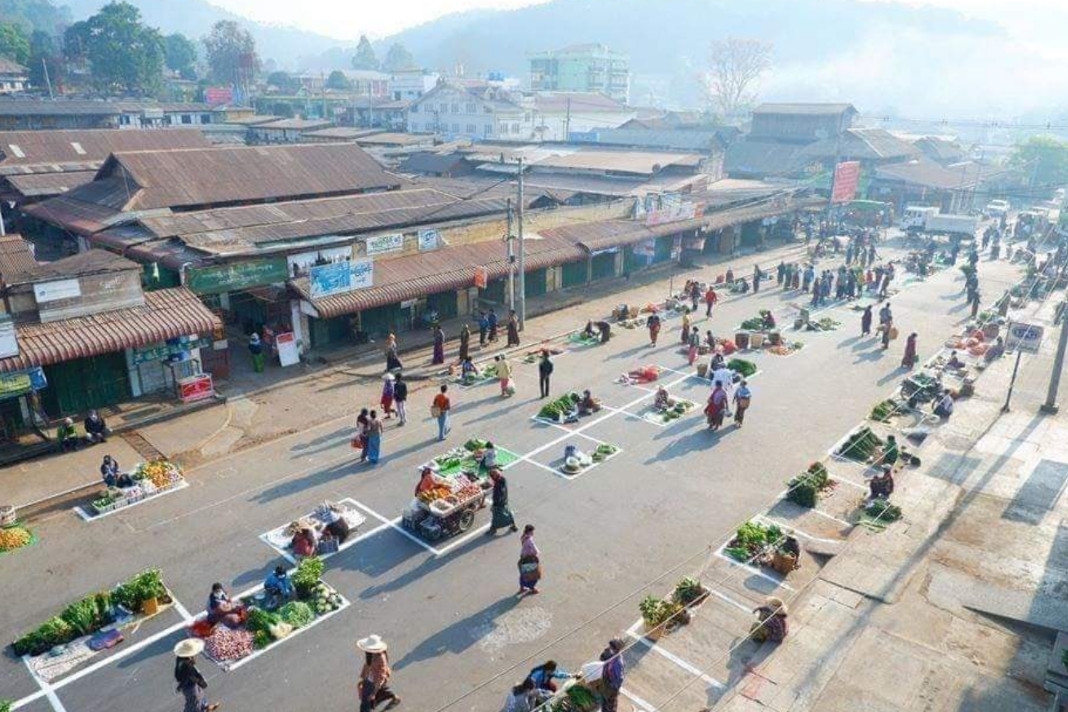
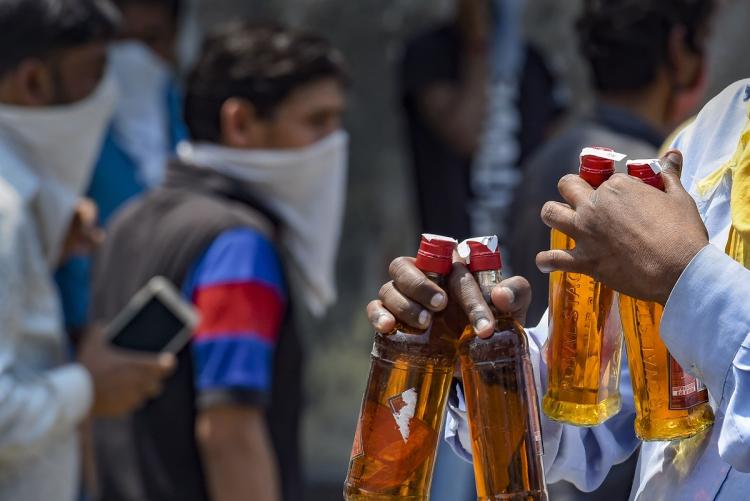
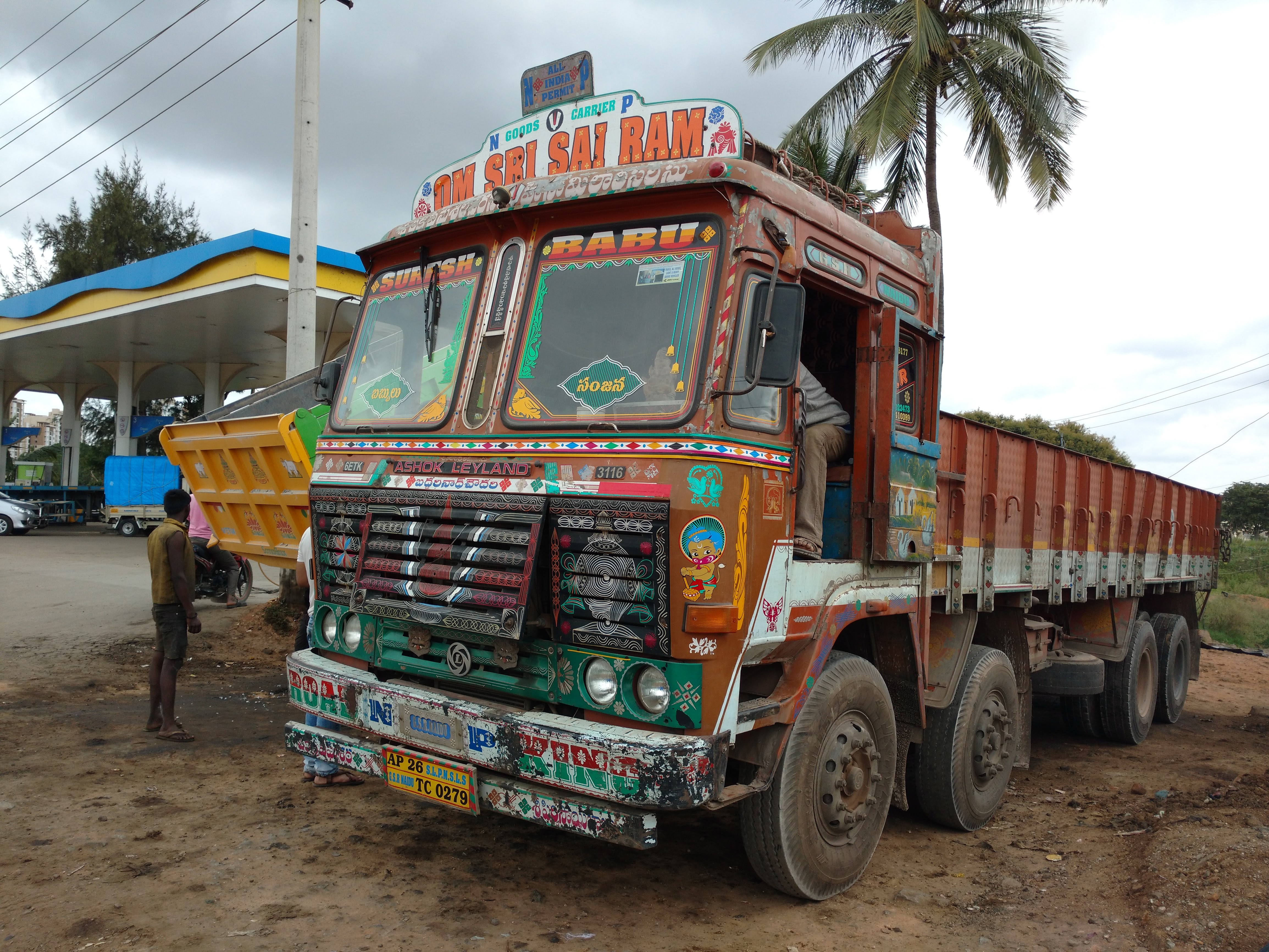
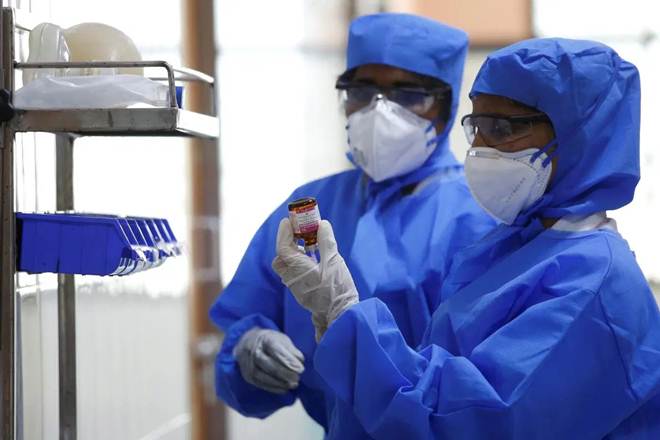
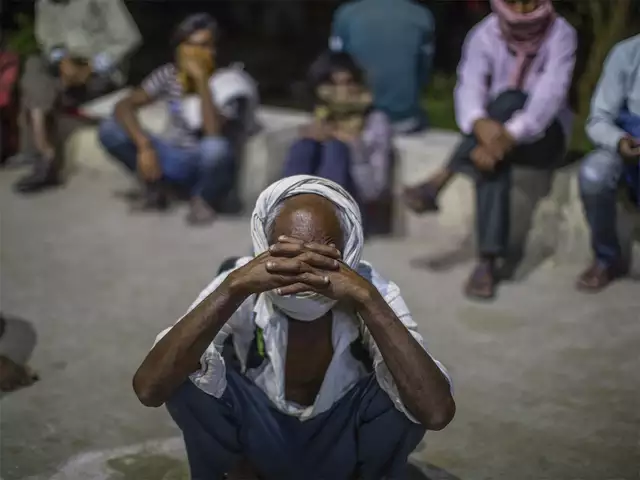

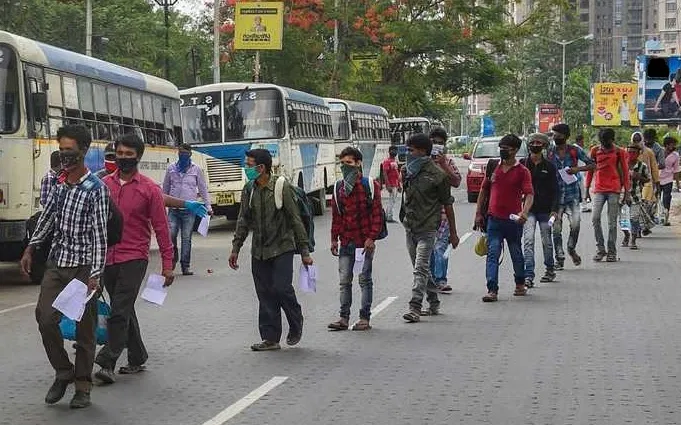



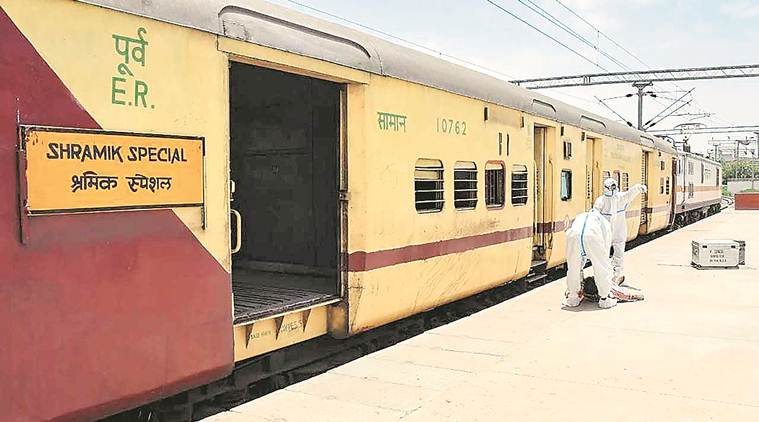




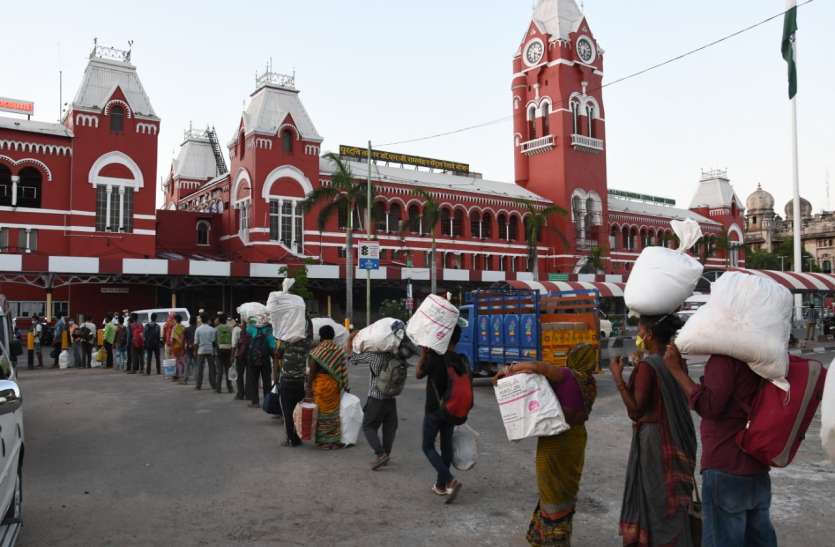
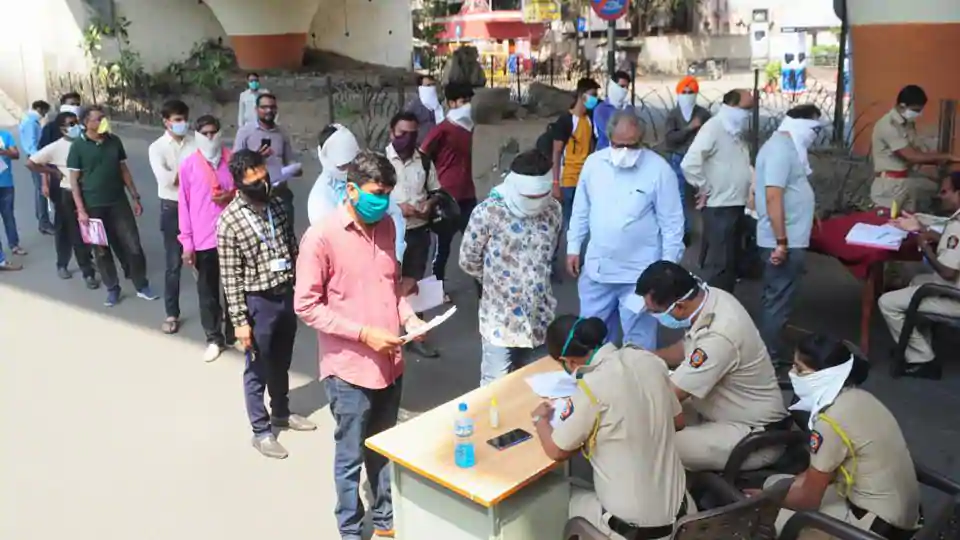
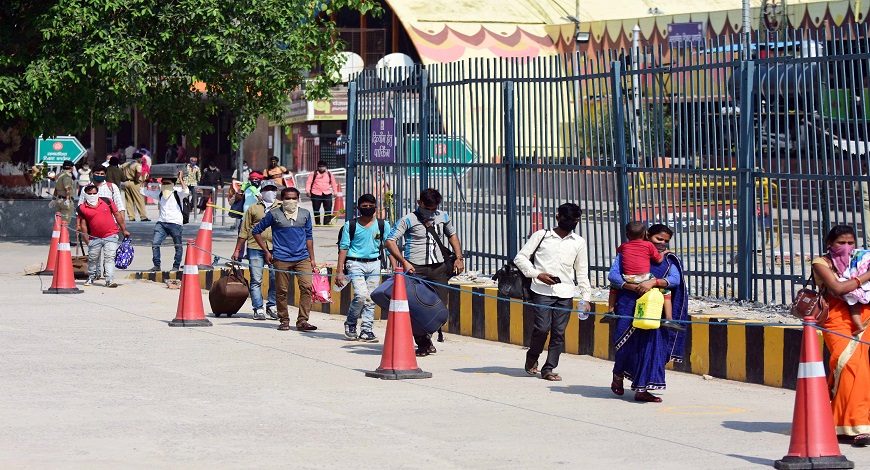
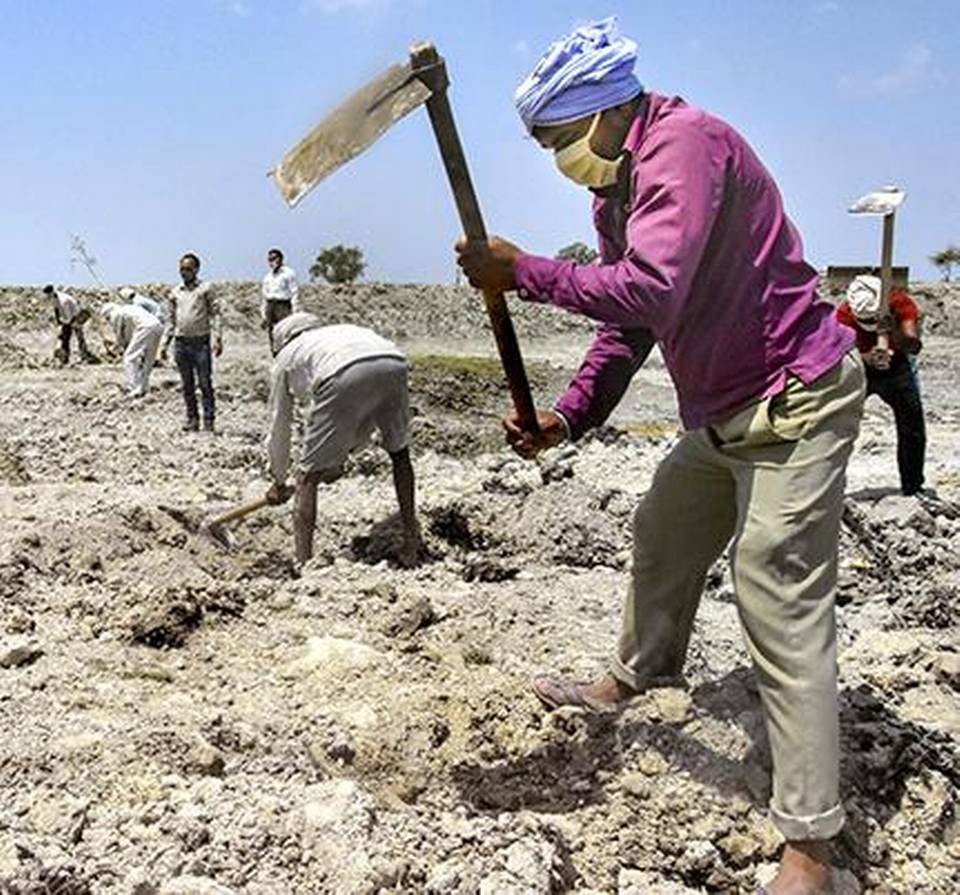
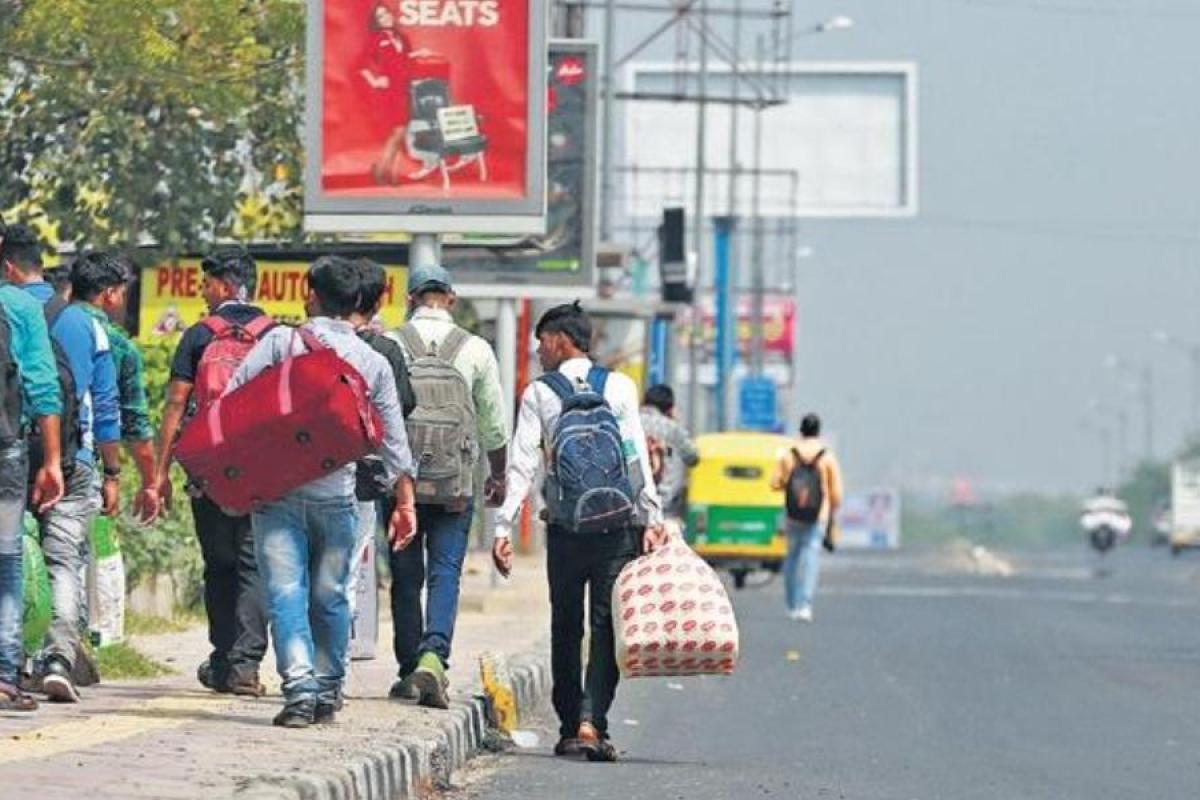
Amrutha Girish